Mediterranean Woodlands and Forests
The ecoregion’s land area is provided in units of 1,000 hectares. The conservation target is the Global Safety Net (GSN1) area for the given ecoregion. The protection level indicates the percentage of the GSN goal that is currently protected on a scale of 0-10. N/A means data is not available at this time.
Bioregion: South Mediterranean Mixed Woodlands & Forests (PA23)
Realm: Southern Eurasia
Ecoregion Size (1000 ha):
35,910
Ecoregion ID:
798
Conservation Target:
13%
Protection Level:
6
States: Morocco, Algeria, Tunisia, Libya
Ancient sandarac forests, pine-covered mountainsides, wader-rich seasonal wetlands, and hotspots of floral endemism are found in an ecoregion that not only supports over 50 million people, but also charismatic fauna such as the endangered Barbary macaque, aoudad, caracal, common genet, Eurasian otter, and golden jackal.
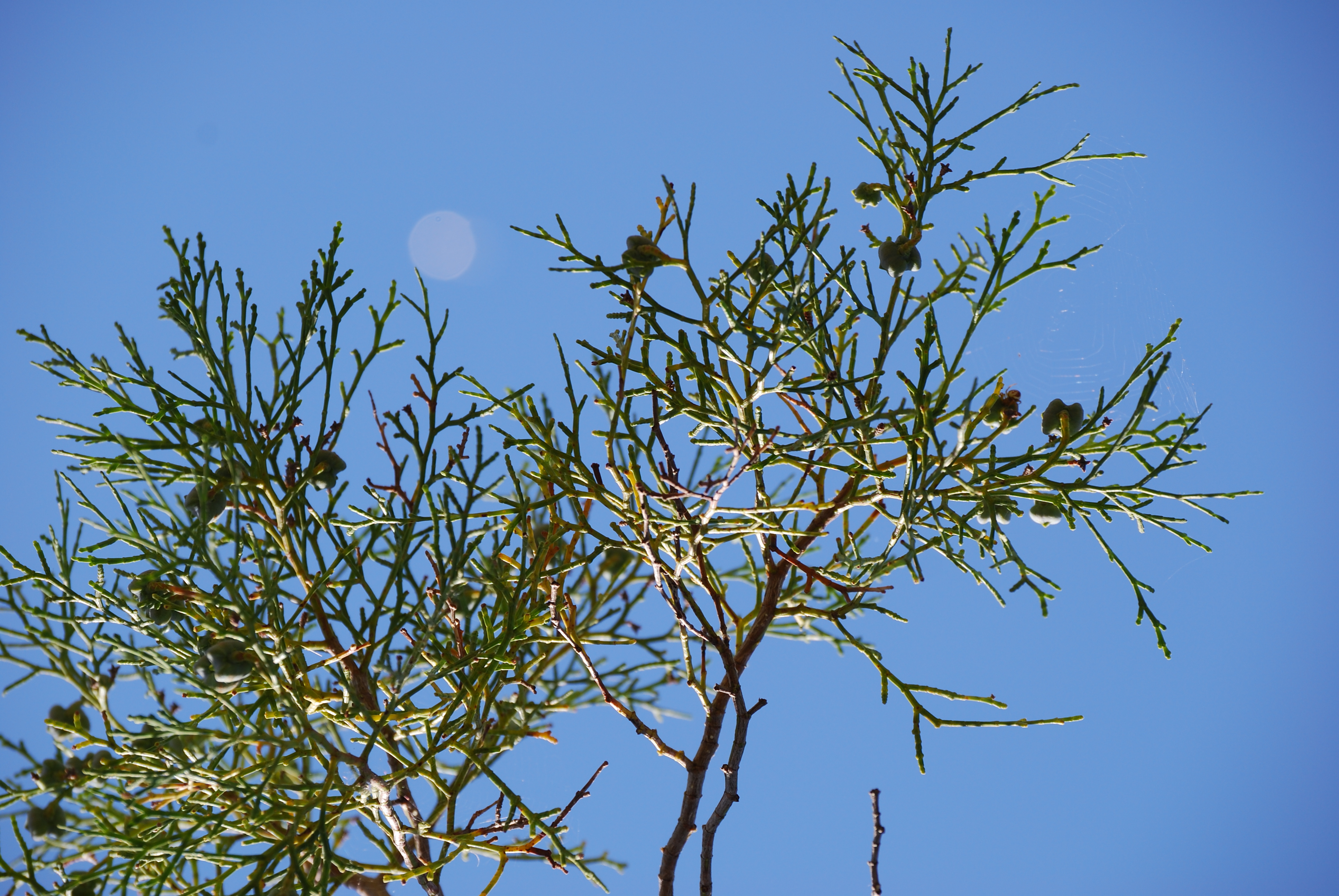
The flagship species of the Mediterranean Woodlands and Forests ecoregion is the Sandarac tree. Image credit: Creative Commons
The Mediterranean Woodlands and Forests ecoregion covers the coastal plains, lowlands, and mid-elevations of northern Morocco, Algeria, and Tunisia, plus an isolated portion on the Cyrenaic Peninsular of Libya (Jabel al Akdar). Two Spanish sovereign areas, Ceuta and Melilla, are also included. The geology is complex and diverse, with a large variety of sedimentary rocks. Summers are very hot and dry; winters are relatively mild and humid. Monthly average temperatures are 7–25°C, and annual rainfall is 500–650 mm. Temperatures in Moroccan Atlantic coastal areas are moderated by cold offshore currents in the Atlantic.

Aleppo pine foliage. Image credit: Creative Commons
The sandarac tree is an ancient species—an endemic Tertiary relict whose only living relatives (Callitris spp.) are found in South Africa and Australia. These forests cover some 6,000 km2 in lowland Morocco, with small areas in Algeria and Tunisia. Cork oak forests, Aleppo pine, evergreen holm oak, juniper forests, and holm oak and holly oak forests are also found within the ecoregion. The varied topography, geology, and Mediterranean climate have resulted in a highly diverse flora; 2,900 plant species have been recorded for northern Morocco alone, and about 80 endemic species inhabit the Moroccan part of this ecoregion. El Kala National Park in Algeria is another important area of endemism, and the red-soiled biogeographic island Jabal Al Akhdar (the Green Mountain) in Libya hosts over 100 locally endemic species.

Barbary macaque. Image credit: Matěj Baťha, Creative Commons
Many small mammals are found in this ecoregion, including endemic gerbils, the North African hedgehog, and several bat species. Larger mammals such as the endangered barbary macaque, wild boar, aoudad, caracal, common genet, Eurasian otter, and golden jackal are also found. The ecoregion holds a series of seasonal wetland sites that are crucial for birds. One such example is the Sebkha d’Oran in Algeria, which is a huge depression that floods an area of 5,000 km2 and dries saline.
Species found here include the critically endangered slender-billed curlew and the endangered northern bald ibis, white-headed duck, and Egyptian vulture. Over 30 different reptiles are present, such as the endangered and endemic two-fingered skink and the critically endangered Kleinmann’s tortoise on the Cyrenaic Peninsular. North African fire salamander, Varaldi’s spadefoot toad, and the Mauritanian toad are all regional endemics.
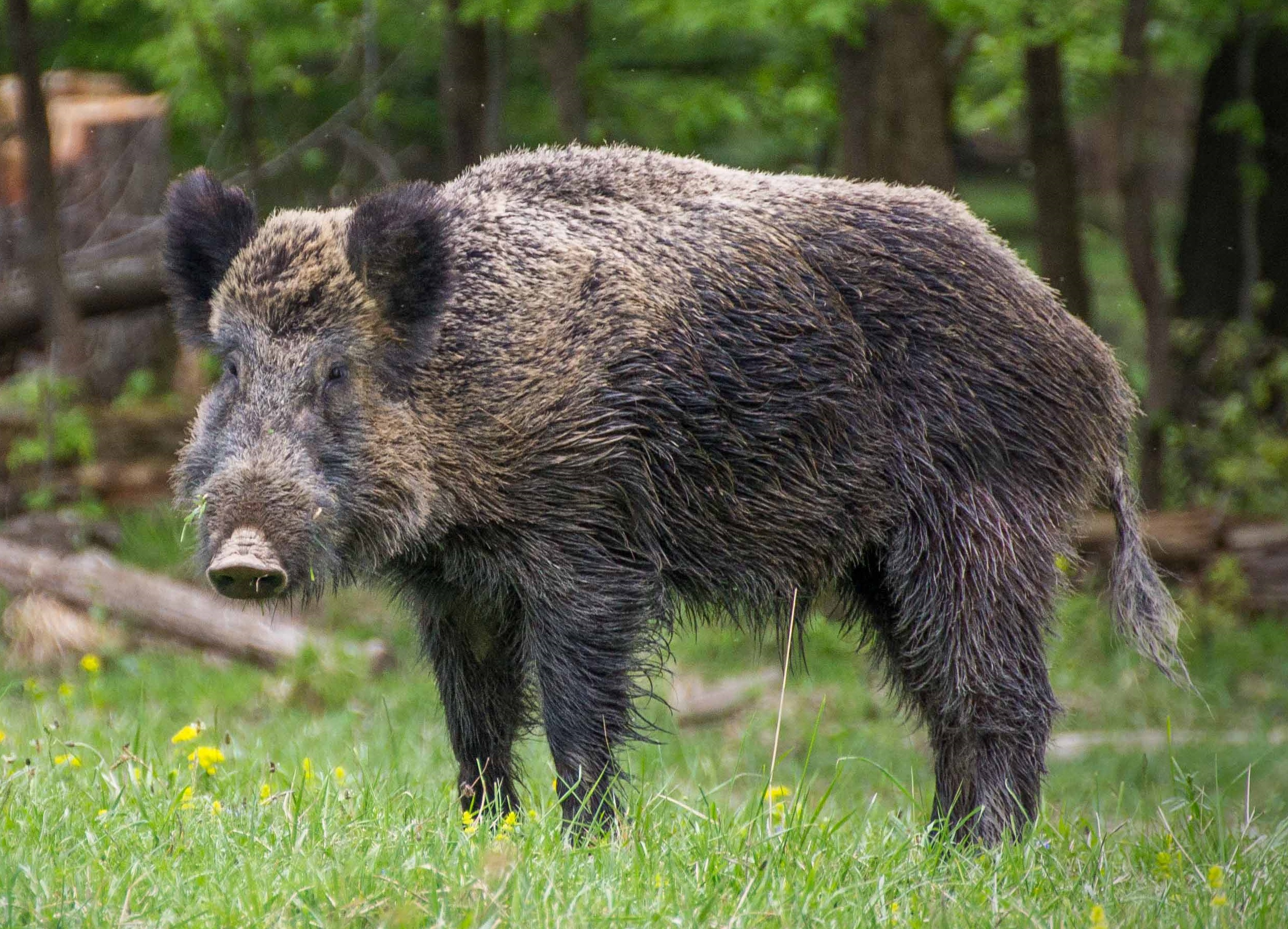
Wild boar. Image credit: Valentin Panzirsch, Creative Commons
The ecoregion contains most of the major North African settlements, and human population pressure is high. Holm oak forests were once widespread but have mainly been converted to agriculture, as have been the wild olive and carob woodlands of the coastal plains. Intense disturbances of grazing and firewood collection are reflected in the structure and composition of forests. The exceptions to this are areas with tombs or shrines of holy men, respected and known as marabouts or sacred forests. These forests have a distinct structure and species composition, with an unusual abundance of long-lived trees, and have been considered remnants of the original forests. Leopards once found in this ecoregion are now believed to be extirpated.
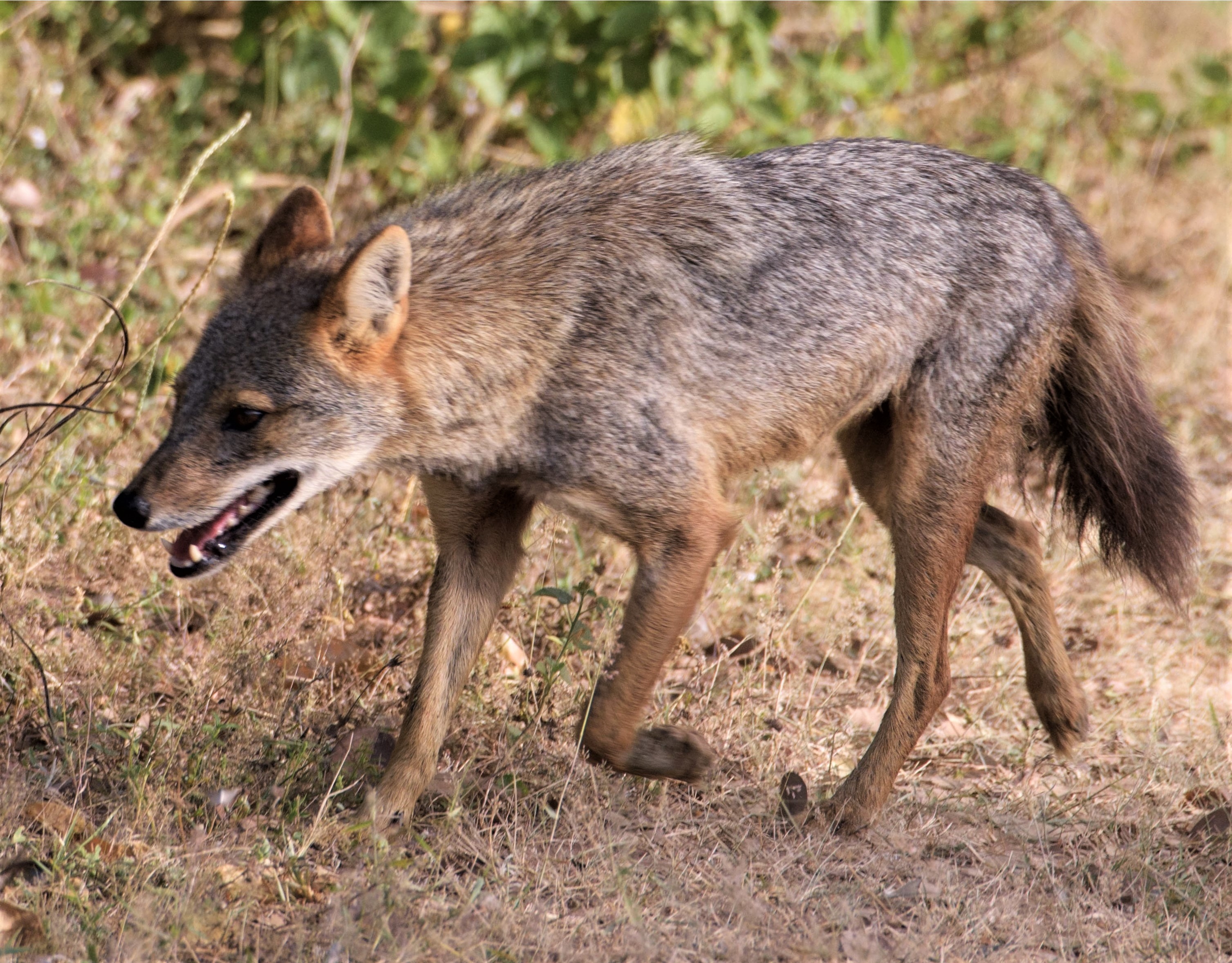
Golden jackal. Image credit: R.M.S. Ratnayake, Creative Commons
The pressure of human overexploitation and soil degradation have reduced forest resilience to natural disturbances; during periods of intense drought, extensive tree stands suddenly die. Current threats to this ecoregion also include continued deforestation, overgrazing, arable crop intensification, tourism development, and military conflict.
The priority conservation actions for the next decade will be to 1) build knowledge capacity and create management plans for protected areas; 2) increase connectivity between important areas; and 3) involve local communities to combat overgrazing and manage croplands sustainably.
-
-
- Burgess, N., Hales, J.A., Underwood, E., Dinerstein, E., Olson, D., Itoua, I., Schipper, J., Ricketts, T. and Newman, K. 2004. Terrestrial Ecoregions of Africa and Madagascar: A Conservation Assessment. Washington DC: Island Press.
- Joint Research Centre of the European Commission. 2019. The Digital Observatory for Protected Areas (DOPA) Explorer 3.1: Mediterranean woodlands and forests. [Online]. [Accessed 28 July 2019]. Available from: https://dopa-explorer.jrc.ec.europa.eu/ecoregion/81214
- Radford, E.A., Catullo, G. and Montmollin, B. de. eds. 2011. Important Plant Areas of the south and east Mediterranean region: priority sites for conservation. Gland: IUCN, Malaga: IUCN. VIII + 108 pp. ISBN 978-2-8317-1337-3. [Online]. [Accessed 28 July 2019]. Available from: https://portals.iucn.org/library/sites/library/files/documents/2011-014.pdf
-
Cite this page: Mediterranean Woodlands and Forests. Ecoregion Snapshots: Descriptive Abstracts of the Terrestrial Ecoregions of the World, 2021. Developed by One Earth and RESOLVE. https://www.oneearth.org/ecoregions/mediterranean-woodlands-and-forests/
-
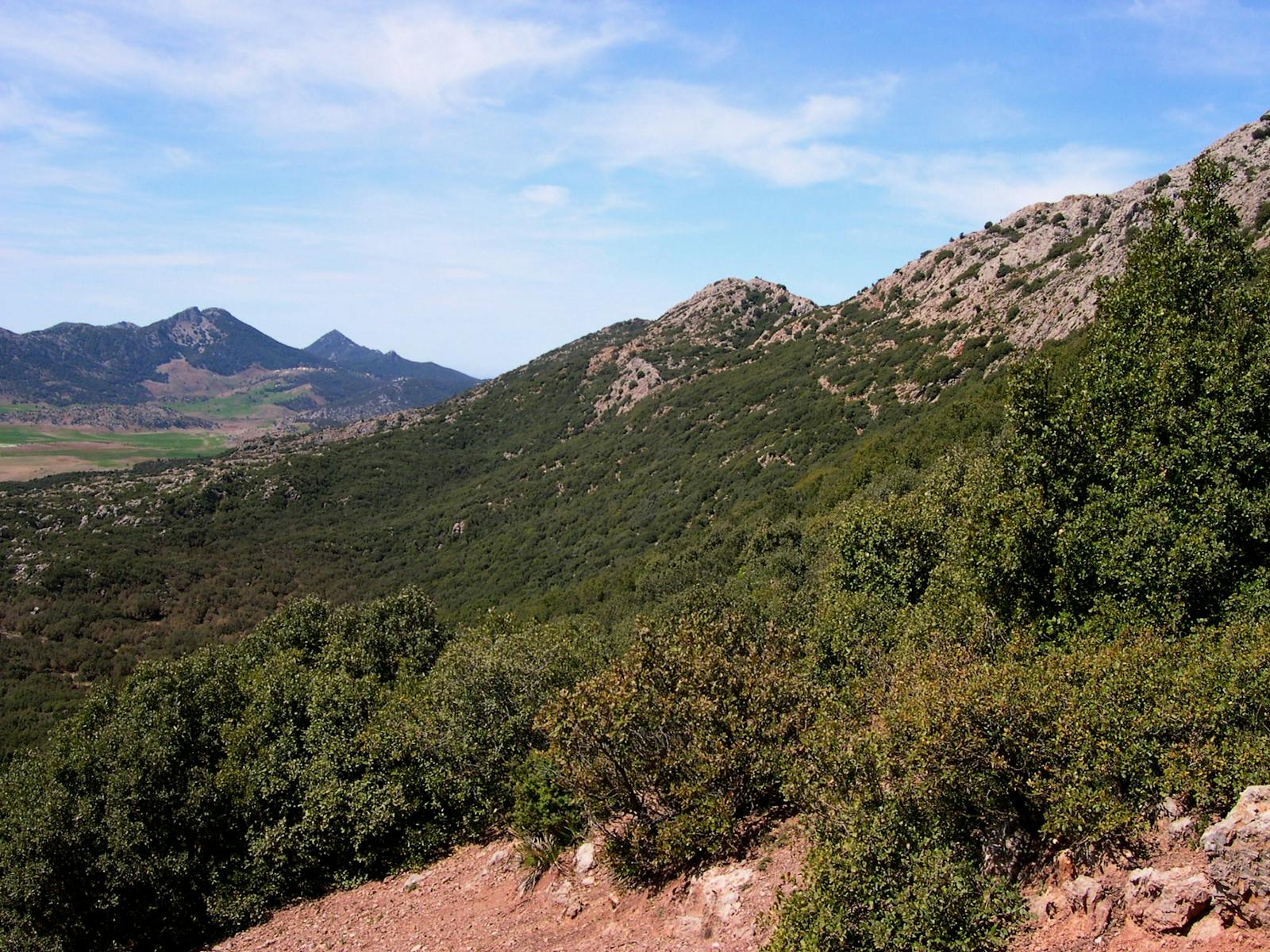
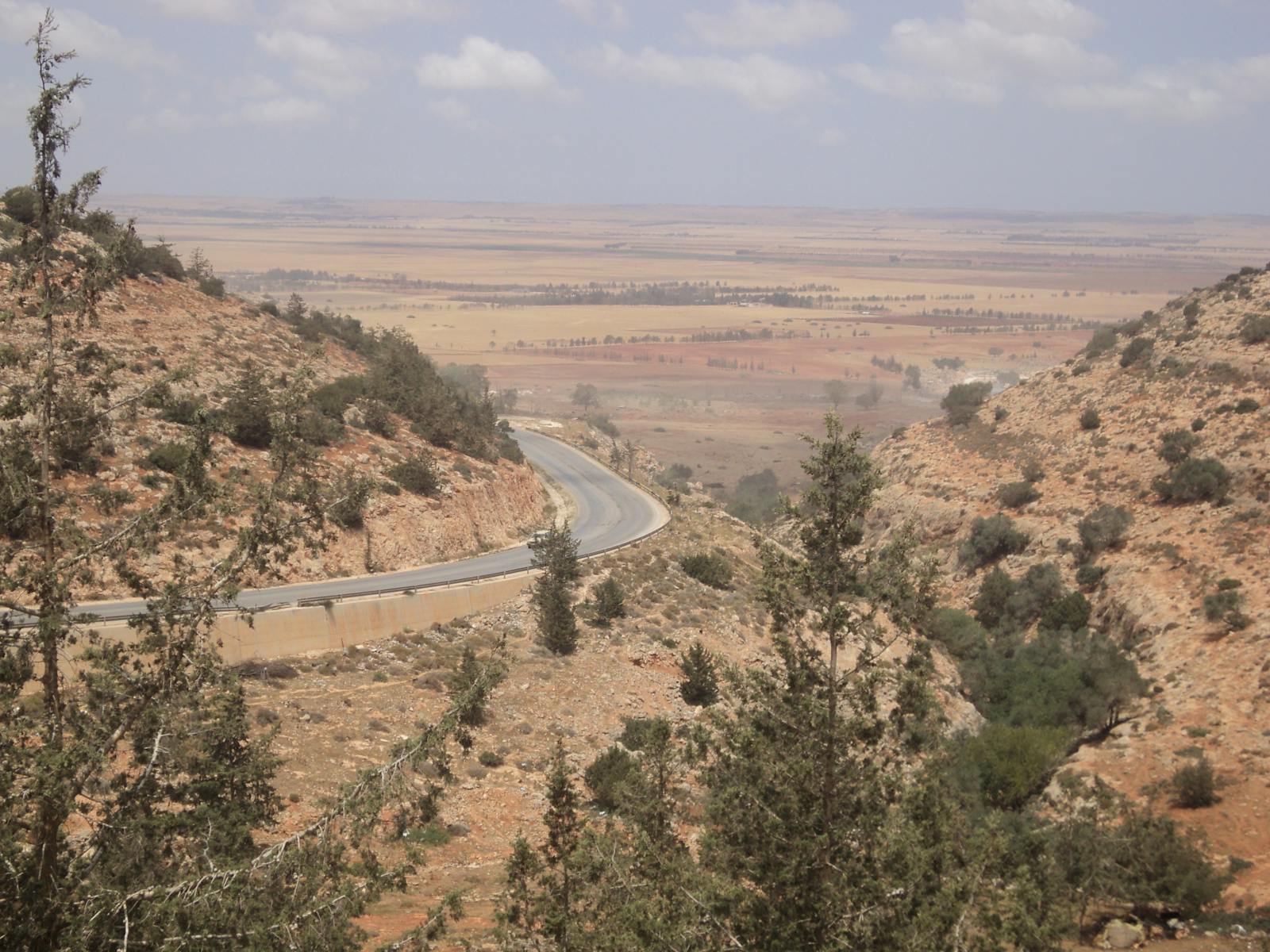
.png?auto=compress%2Cformat&w=300)

